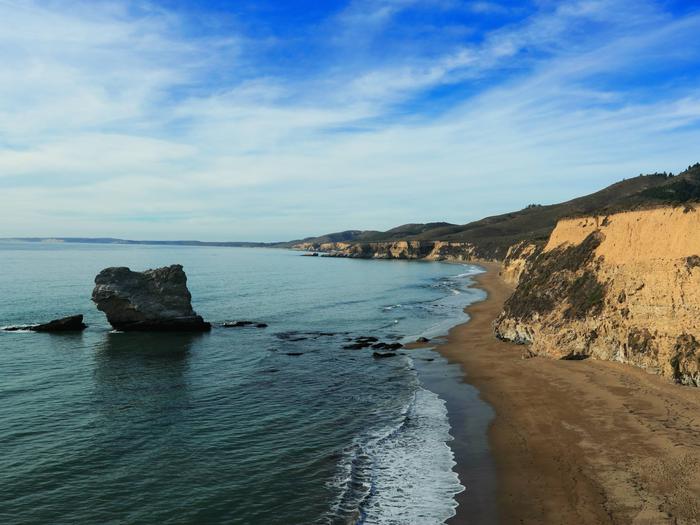

To further the educational opportunities for the public allowing the ranches to host 'farm stays' on their land (B & Bs on the farms so visitors can see firsthand the day to day operations and learn where their food comes from). I would like to see interpretive exhibits to educate the public about sustainable practices. It is imperative that the NPS offer operational flexibility and allow the ranches to diversify their operations to include compatible row crops. The NPS should be assuring that sustainable agriculture continue at Point Reyes National Seashore. The 20 year agricultural leases are long overdue. Allowing them to starve to death is inhumane. The Tule Elk herd at Point Reyes are more akin to a zoo or wild animal park, therefore, the animals remaining at Tomales Point should be managed accordingly. Furthermore, elk that have escaped from the Tomales Point herd should be removed, or at least put them back behind the fence. The park should also remove the Limantour-Estero Road Herd because there is no way the animals can be kept from moving over to Drakes Beach. The most attractive Conceptual Alternative Under Consideration is: Continued Ranching and Removal of the Drakes Beach Tule Elk Herd. As the park sits on its hands, these farm operations have grown more precarious. The Secretary of the Interior under Obama promised 20 year leases for the dairies and ranches at Pt. It is virtually impossible to get a bank to approve a loan when a business only has a five year horizon. Ranchers need to finance their operations. They have been on short leases at least for the last 15 years. As the decades have rolled by the bureaucratic behemoth that the NPS is has essentially been managing the ranches to go broke. If it were not for the activities of the ranchers who's families have been stewards of these lands since the middle 1800s, there wouldn't have been the basis for a park in the first place. The charge of the NPS was to maintain the working landscape while increasing recreational opportunities for the general public. Reyes National Seashore in 1962, it was seen as one of several 'urban parks' i.e., near urban areas.

This all adds to the many problems that small ranch operators face that makes staying in business very difficult. Complaints to the park service by ranchers have not produced satisfactory results.

The disease could easily wipe out dairy and cattle operations. It has been recently reported that the Elk have tested positive for Johne's Disease. The Drakes Beach herd has become a costly nuisance for ranchers as the elk trample fences and eat scarce forbes and drink water that is supposed to be for cattle or dairy cows. Trampled shrubs have very little ability to hold the soil from eroding when the winter rains begin. Large expanses of broken up soil are evident, species of invasive grasses and broad-leafed weedy species have replaced native grasses and annuals. Meanwhile, the plant life on Tomales Point has been decimated. It is clear to me that the National Park Service at Point Reyes National Seashore needs some expert help in managing the Tule Elk because they are not doing a very good job currently. WHAT KIND OF MANAGEMENT IS THIS? If a rancher allowed this to happen to her cattle, she would be prosecuted and put in jail. Between 20 during the drought a third to a half of the herd starved to death. The northern herd on Tomales Point has surpassed the carrying capacity of the land.

Correspondence: The introduction of tule elk on the Point Reyes peninsula has been controversial from the start.


 0 kommentar(er)
0 kommentar(er)
